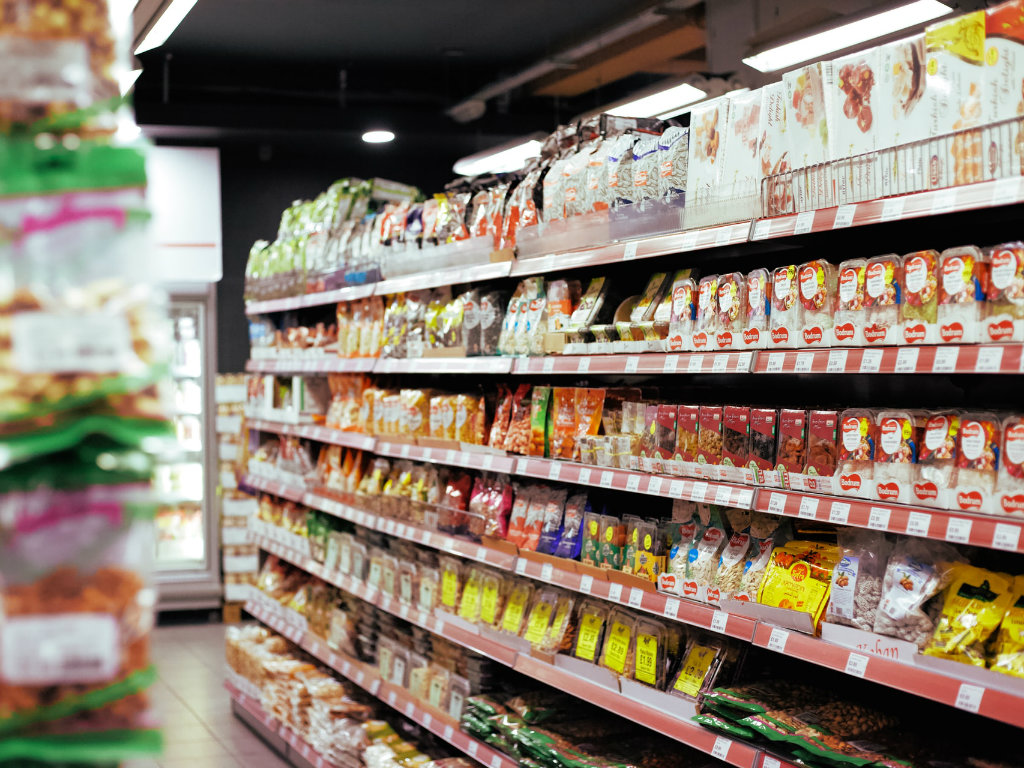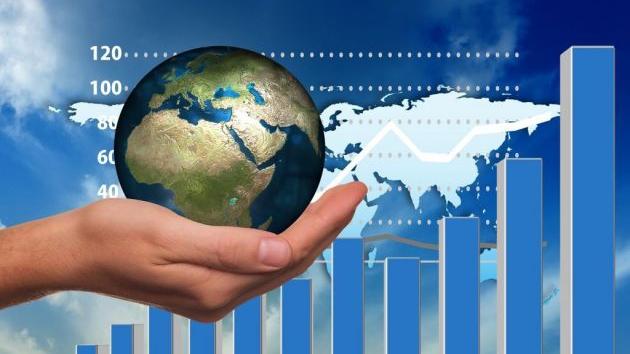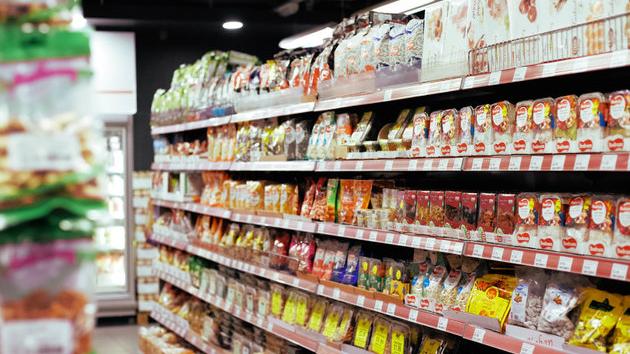Is Reduction of VAT on Food Realistic in Serbia? – State Wants to Take What It Needs After All
Source: eKapija
 Sunday, 27.08.2023.
Sunday, 27.08.2023.
 12:48
12:48
 Sunday, 27.08.2023.
Sunday, 27.08.2023.
 12:48
12:48
Illustration (Photo: Unsplash/Mehrad Vosoughi)

In the past months, it is precisely food prices that are “pushing” the inflation in Serbia. For example, the prices of processed food in Serbia were higher 23.1% in October 2022, whereas the prices of unprocessed food had a growth rate of 22.7% compared to the previous year.
The Ministry of Finance has not provided an answer to our question whether, in the conditions of the inflation, it is possible for Serbia to reduce or remove the VAT on food, but consumer associations and tax experts believe that no such thing will happen in our country.
– In theory, everything is possible except for a wooden stove. Our state does not give up so easily on the charges that fill up the budget, so reducing the VAT would first impact that. It is certain that it would have an impact on the reduction of end prices for consumers, but the interest of the consumers is not a priority, so I don’t believe it will happen – Dejan Gavrilovic, the president of the Consumer Protection Association “Efektiva”, said for eKapija.
The tax adviser Djerdj Pap explains that the VAT system cannot abide by a large number of different rates, so a reduction of the food tax is not very likely.
– The VAT on food is a half (10%) of the general rate of this tax (20%) as it is. In general, the VAT system cannot abide by a large number of different rates in its functioning. So, introducing a rate aside from the existing ones (20, 10 and 0), I don’t believe it will happen – Pap says.
What about the trade margins?
As the idea about a reduction or a removal of the VAT on food in Serbia seems as likely as the proverbial one about the “wooden stove”, the recent statement of the governor of the National Bank Serbia (NBS), Jorgovanka Tabakovic, about the high trade margins put the economy into focus.
She stated that there was room for margins in retail chain to be reduced without jeopardizing the functionality of the trade, and according to an analysis of the financial reports of the five biggest retail chains in Serbia, in 2022, the trade margins were 36.6% higher than in 2019.
The Group of Wholesale and Retail Traders of Food Products of the Association for Trade at the Chamber of Commerce of Serbia (CCIS) then pointed out that the average rate of the net profit of the retail sector in Serbia was around 2.8%, many times lower compared to the other participants in the supply chain to retail (source: SBRA), as well as compared to the considerable growth of the operating costs, including salaries, electricity, fuel, rent, maintenance and others.
– In the conditions of the serious external disturbances, caused by the pandemic and the war in Ukraine, Serbian traders have managed to secure regular supply, regular salaries for more than tens of thousands of employees and support to local producers and suppliers, which have a secure source of income that way – emphasizes the press release of the Group of Traders on the occasion of certain announcements and claims about the trade margins being extremely high and a result of the traders acting opportunistically in the midst of inflation pressures.
Inflation settling down
The most recent data show that the inflation in Europe and out country is gradually settling down.
The year-on-year inflation in Serbia amounted to 12.5% in July, whereas the prices compared to June dropped 0.1% on average, the Statistical Office of the Republic of Serbia announced. The prices lowered in the categories of Food and Non-Alcoholic Drinks (1.4%) and Clothes and Footwear (0.2%) in July.
The annual inflation rate in the euro area amounted to 5.3% in July, compared to 5.5% in June, Eurostat announced. A year earlier, the inflation rate in the euro area was 8.9%.
I. Zikic
Companies:
 Udruženje bankarskih klijenata Efektiva
Udruženje bankarskih klijenata Efektiva
 Ministarstvo finansija Republike Srbije
Ministarstvo finansija Republike Srbije
 Narodna banka Srbije Beograd
Narodna banka Srbije Beograd
 Privredna komora Srbije
Privredna komora Srbije
 Republički zavod za statistiku
Republički zavod za statistiku
Tags:
Eurostat
Jorgovanka Tabaković
Dejan Gavrilović
Đerđ Pap
VAT on food
reduction of VAT on food
removal of VAT on food
Comments
Your comment
Naš izbor
Most Important News
Full information is available only to commercial users-subscribers and it is necessary to log in.
Follow the news, tenders, grants, legal regulations and reports on our portal.
Registracija na eKapiji vam omogućava pristup potpunim informacijama i dnevnom biltenu
Naš dnevni ekonomski bilten će stizati na vašu mejl adresu krajem svakog radnog dana. Bilteni su personalizovani prema interesovanjima svakog korisnika zasebno,
uz konsultacije sa našim ekspertima.


 Izdanje Srbija
Izdanje Srbija Serbische Ausgabe
Serbische Ausgabe Izdanje BiH
Izdanje BiH Izdanje Crna Gora
Izdanje Crna Gora


 News
News








